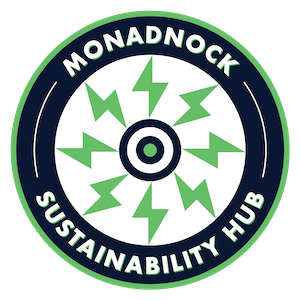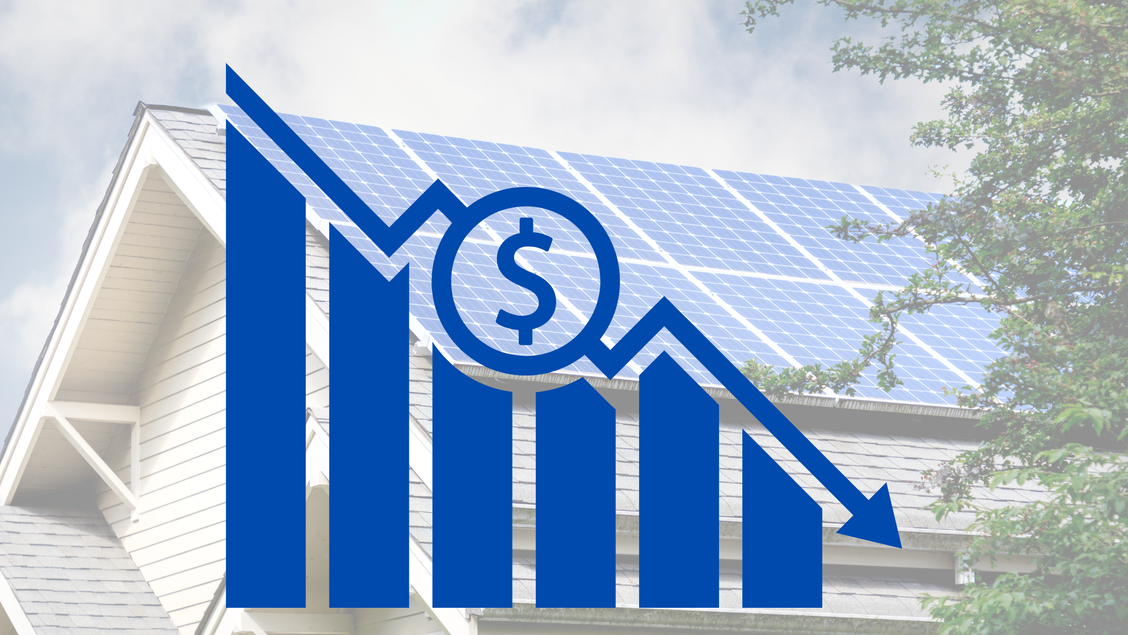By Dori Drachman, Co-coordinator of the PREP Team and Co-chair of the Monadnock Sustainability Hub
Originally Published in the Monadnock Ledger-Transcript, September 23, 2022
When the Peterborough Renewable Energy Planning (PREP) Team first started developing a plan to transition all of the town’s electricity, heat, and transportation to renewable energy, the idea that the federal government would help us reach our goal seemed like wishful thinking. But this summer, with the slimmest of margins, Congress passed the Inflation Reduction Act (IRA), a groundbreaking climate law that will direct almost $370 billion toward both the manufacturing and the purchasing of climate-friendly products. It is loaded with incentives that will help us make the switch to renewables, electrify our homes and cars, and make our buildings more energy efficient. This said, accessing the incentives will not always be straightforward. There are layers of requirements built into them, for both the people purchasing the products and for the products themselves. The 700-page law contains much more than this article can adequately explain, so it will focus on home energy improvements.
Tax credits and rebates are the primary tools the IRA uses to help residents make needed energy upgrades. Tax credits for home improvements are generally available to all homeowners, while rebates have an income limit. Tax credits offer larger discounts than more-familiar tax deductions, so these credits will have a big impact. To understand the difference between a tax deduction, a tax credit, and a rebate, let’s take an example of a couple that earns $90,000 a year. If they get a $5000 tax deduction, they take $5000 off their income and calculate the tax on $85,000. This might result in saving several hundred dollars. However, if they get a tax credit, they figure out how much they owe based on $90,000 and then subtract $5000 from the amount they owe. If the couple owes less than $5000 in taxes, the credit can carry over to subsequent years. A rebate allows the couple to take off $5000 when they make the purchase rather than wait until they file their taxes.
So what are some of the tax credits and rebates in the IRA that can help residents make their homes more efficient and renewable? And what requirements need to be met to take advantage of them? Below are some highlights:
30% Rooftop Solar Tax Credit Restored, Effective Jan 1, 2022
For several years, homeowners and businesses could claim a 30% tax credit when they bought solar panels. But the law that created this tax credit included a step-down process that decreased the tax credit starting in 2021 and, for residents, eliminated it by 2024. The IRA restores the 30% tax credit until 2032, with decreasing credits in 2033 and 2034. Even better, those who brought solar panels online in 2022 before the IRA passed will still be eligible for the 30% credit.
30% Tax Credit for Battery Storage
The IRA raises the tax credit to 30% for batteries that store at least 3kWh of electricity. In addition, now the tax credit is available even if the batteries collect electricity from the grid rather than a solar array.
Weatherization and Energy Efficiency
The weatherization incentives include both tax credits and rebates. Many of them are capped on an annual basis, so you’ll need to spread out your home improvements over a few years in order to pay the least out of pocket.
Tax credits include:
- 30% for weatherization, including $150 for energy audits, $600 for windows, $500 for doors, and $600 for electrical panel upgrades. Up to $1200 annually, starts in 2023.
- $2000 for heat pumps and biomass boilers.
- Previous 10% tax credit and $500 lifetime limit still applies for 2022.
Rebates include:
- Up to a total of $14,000 for home efficiency upgrades, including up to $8000 for heat pumps, $1750 for heat pump water heaters, and $840 for electric stoves, including induction ranges.
- Up to $4000 for electrical panel upgrades.
- To be eligible for rebates, recipients must earn less than 150% of median local income.
Many more incentives are created by the IRA, from buying electric vehicles to establishing a national green bank to investing in rural renewable energy projects. To learn more about the IRA, see these useful resources: rewiringamerica.org/app/ira-calculator; bipartisanpolicy.org/blog/inflation-reduction-act-summary-energy-climate-provisions.
Author Bio
Dori Drachman is co-chair of the Monadnock Sustainability Hub’s Board of Directors. She is also leading Peterborough Energy Action’s effort to pass Article 11. Dori spent most of her career as an educator. She founded a school that organizes its curriculum around environmental education and was a classroom teacher for more than a decade. After earning her master’s degree in environmental education from Antioch University New England, she worked as a teacher/naturalist for the Harris Center for Conservation Education. After years of taking kids into the woods with the goal of inspiring them to care for our planet, Dori decided that we actually couldn’t wait that long. So she helped restart the Peterborough Energy Committee.

